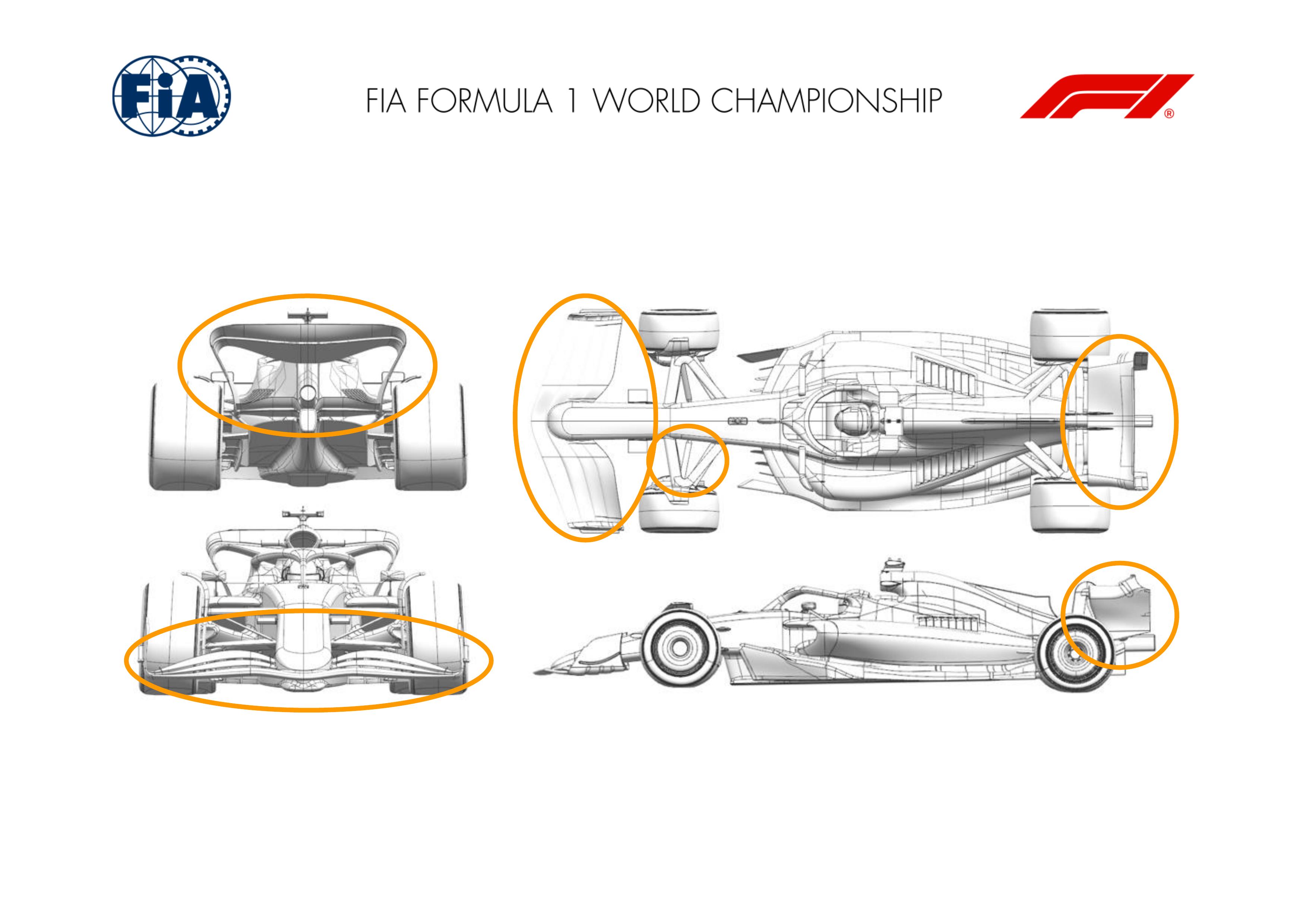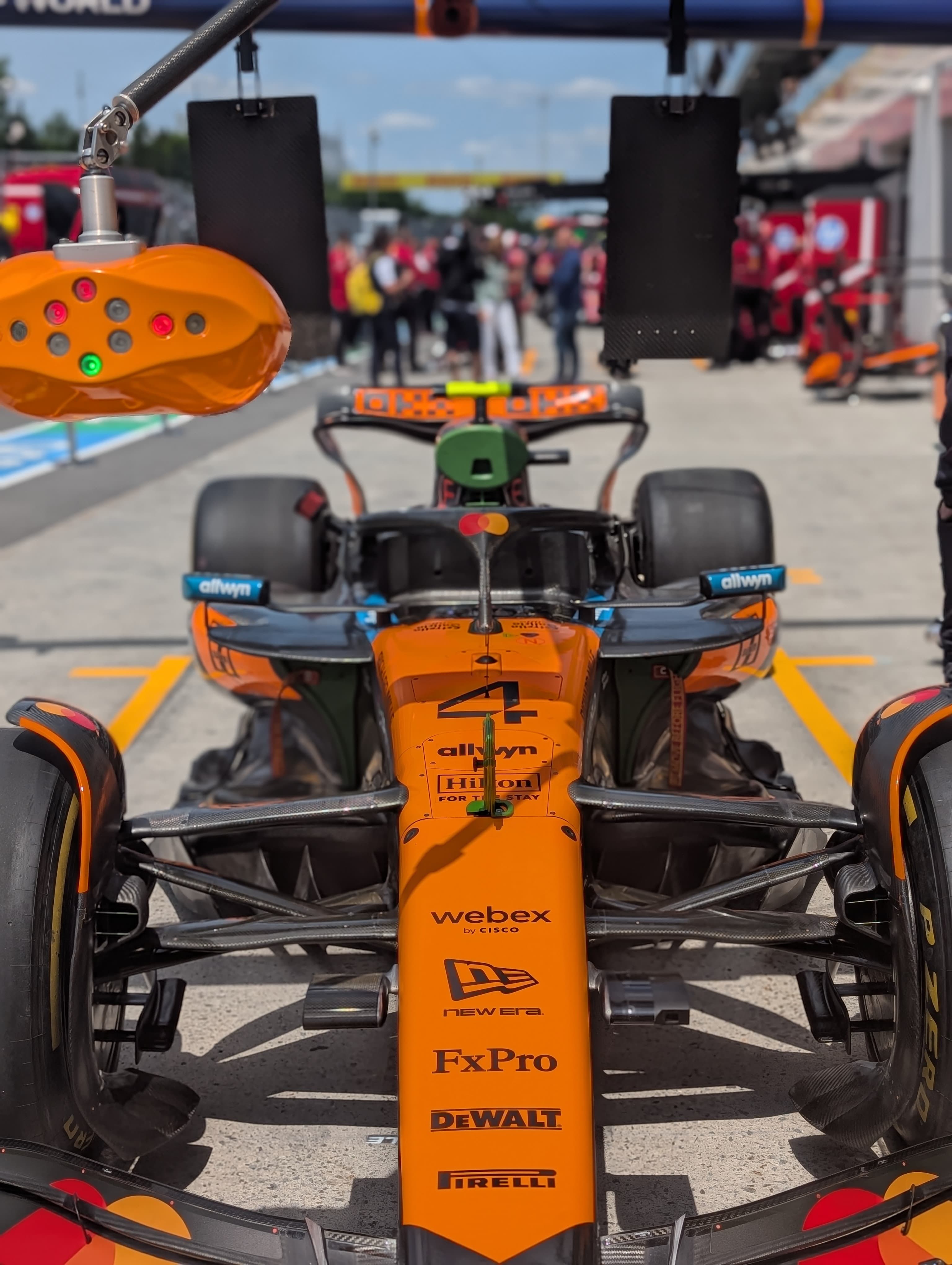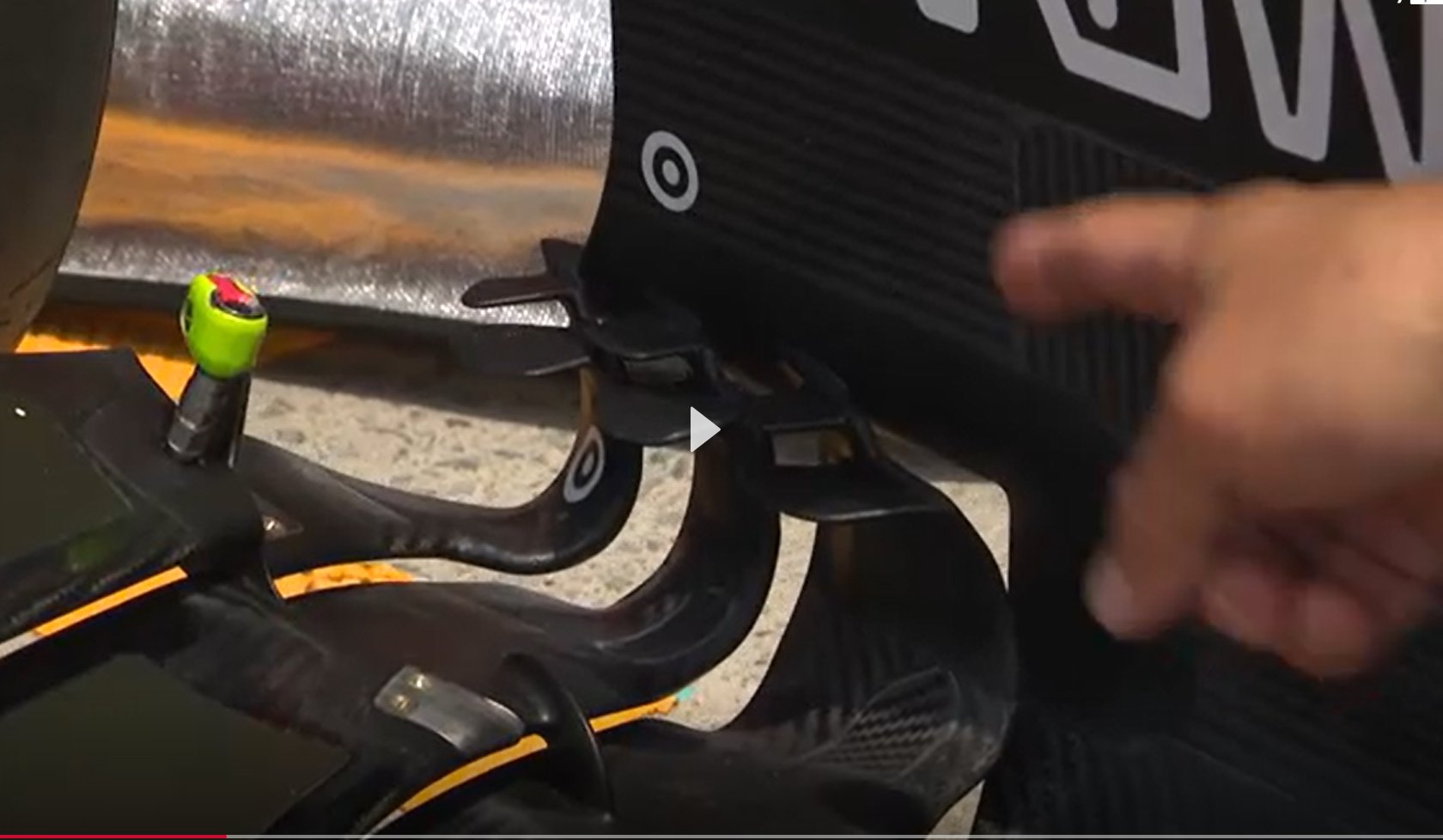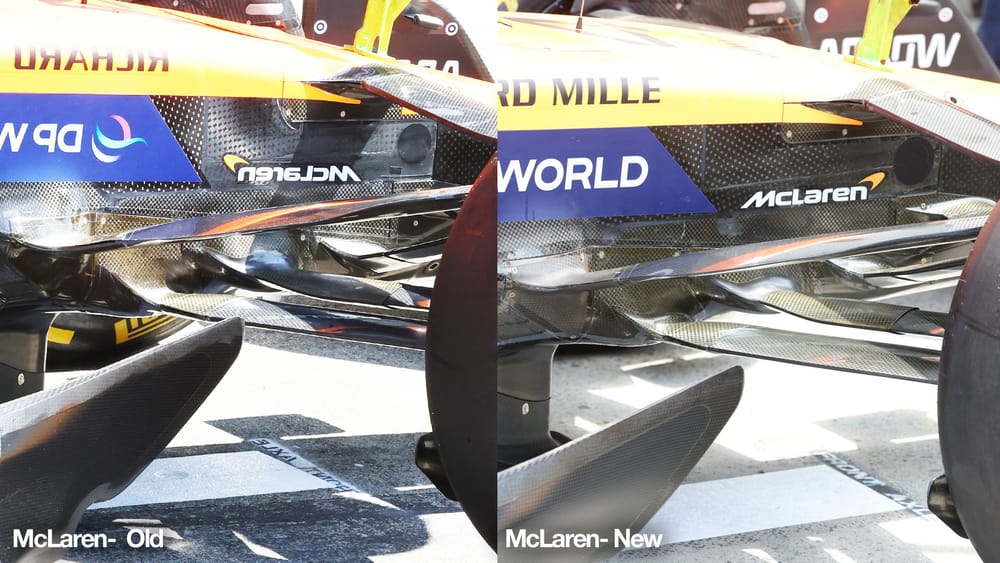Most cars in 2025 will be 5 to 10 kg below the minimum weight. In 2023, the Alpine was already 8 kg below the weight limit. Placing 5 kg in the center of the front axle should therefore not be a problem, and ballast so far forward would not be unusual. In 2006, Ferrari had ballast right at the front of the nose... Of course, there were no regulations regarding weight distribution at that time, but the current regulations allow for a margin of approximately 12 kg. Even additional weight to cool the driver would not matter in the case of an official heat race, as the weight limit is raised in such cases..poz wrote: ↑07 Jun 2025, 16:37
this is pure speculation
let's assume they are cooling only rear wheels
it' 3-4 litres, dry ice density is about 1,5 so it's 4,5-6kg
6 kg of dry ice generates 3300 litres of CO2.
for a 90 minutes race it's 18,3 litres/minute (or 0,3 l/sec) of 5C CO2 for each wheel
again, this is pure speculation but nobody add 4,5-6kg of weight on a F1 car just too cool the drivers (and the mandatory cooling equipment by FIA is totally different)
Your calculation is very nice, but how would the gas reach the rear tires? There would have to be a direct connection. And above all, would something that sublimes at -78,5 degrees be used for cooling something that gets +100 to 140 degrees hot (basket + tires)? 5 kg of dry ice "melts" outdoors at 30 degrees in about half an hour. Sure, the container would be well insulated, so it would last much longer, but considering the energy and temperatures generated by an F1 car when braking... an F1 car generates 2.8 MW of energy every time it brakes, enough to power a small town for 14 hours. So the forces, energy, and heat are enormous. And a little dry ice with a direct connection... and you also have to keep in mind the mass to cool. I find it hard to imagine that this would survive for any length of time, also it would be a very ineffective cooling system, especially since it would be difficult to "adjust". The latter is almost the bigger problem for me, because you would have to calculate the exact amount of gas and adjust it to keep everything "within the window" permanently. That would be very difficult, more difficult than "durability." Because ultimately, when you think about it, we're talking about a few degrees that this system actually has to cool down, since the brake ventilation should already keep the tires close to the window. So if you've managed to develop a system that only transfers in one direction...
The "cold spots" could indicate that gas is flowing in there... SPECULATION, I would like to emphasize again. But be that as it may, it would not be very efficient, very difficult to "adjust," especially permanently consistent.
Much more effective and efficient would be a material that melts at 140 degrees and absorbs the heat up to that point. But anyway, it's all speculation. I find it hard to imagine. What is clear to me is that McLaren has definitely done something with the brakes. The burning brakes and the problems they had clearly indicate this. However, I am NOT saying that this is one of the systems that has been and continues to be the subject of so much speculation.







